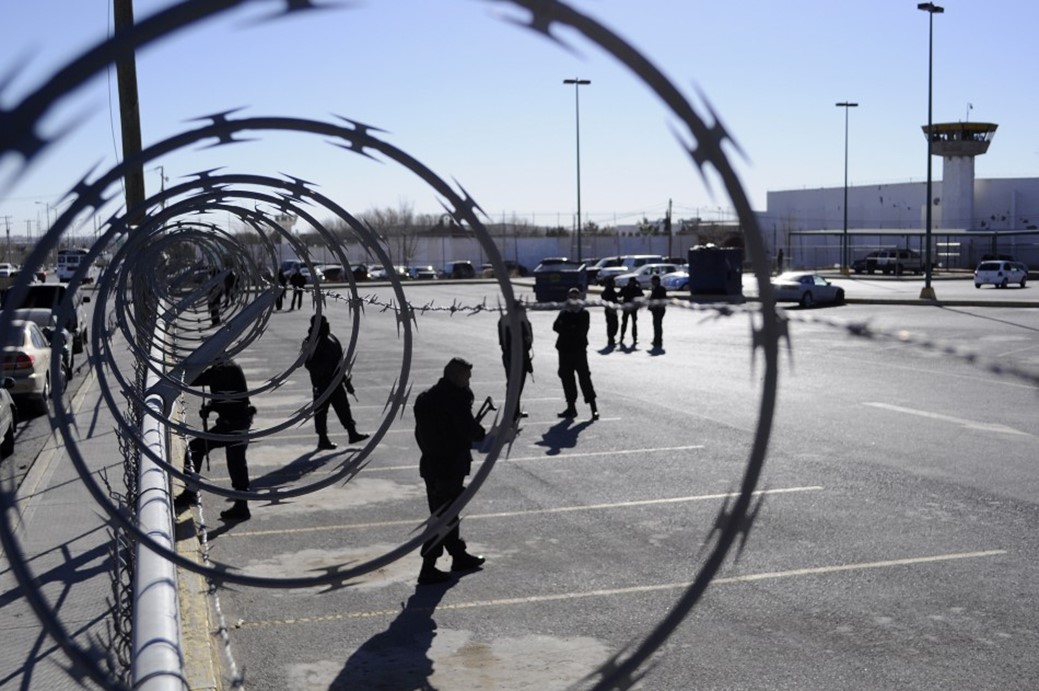The Economics Of Gangs
October 13, 2014 in Daily Bulletin

The Economist reviewed “The Social Order of the Underworld: How Prison Gangs Govern the American Penal System” and outlined parts of the argument for why prison gangs are rational:
- Up until the 1950s prison gangs did not exist. Instead prisoners lived according tp a “convict code” that included guidelines such as not snitching.
- It worked because in a small prison community fears of social ostracism was enough to keep everyone in line.
- Then the prison population exploded and as s result of larger prison populations as well as a lot of first time offenders who did not know the code, the arrangement began to break down.
- In this breach emerged the prison gang. Not only did they provide protection, their size meant that they were better able to bargain collectively and smuggle goods in such as drugs.
- Gangs are also long term sellers which mean that their reputations are a guarantee of the quality of the products they offer.
- Gangs are often centered around race because to avoid damage to the gang’s reputation it is important that others be able to clearly distinguish who is and isn’t a member of the gang.
Read about what this means in terms of policy prescriptions and more details about the book here.
Source: The Economist
Join the Discussion! (No Signup Required)